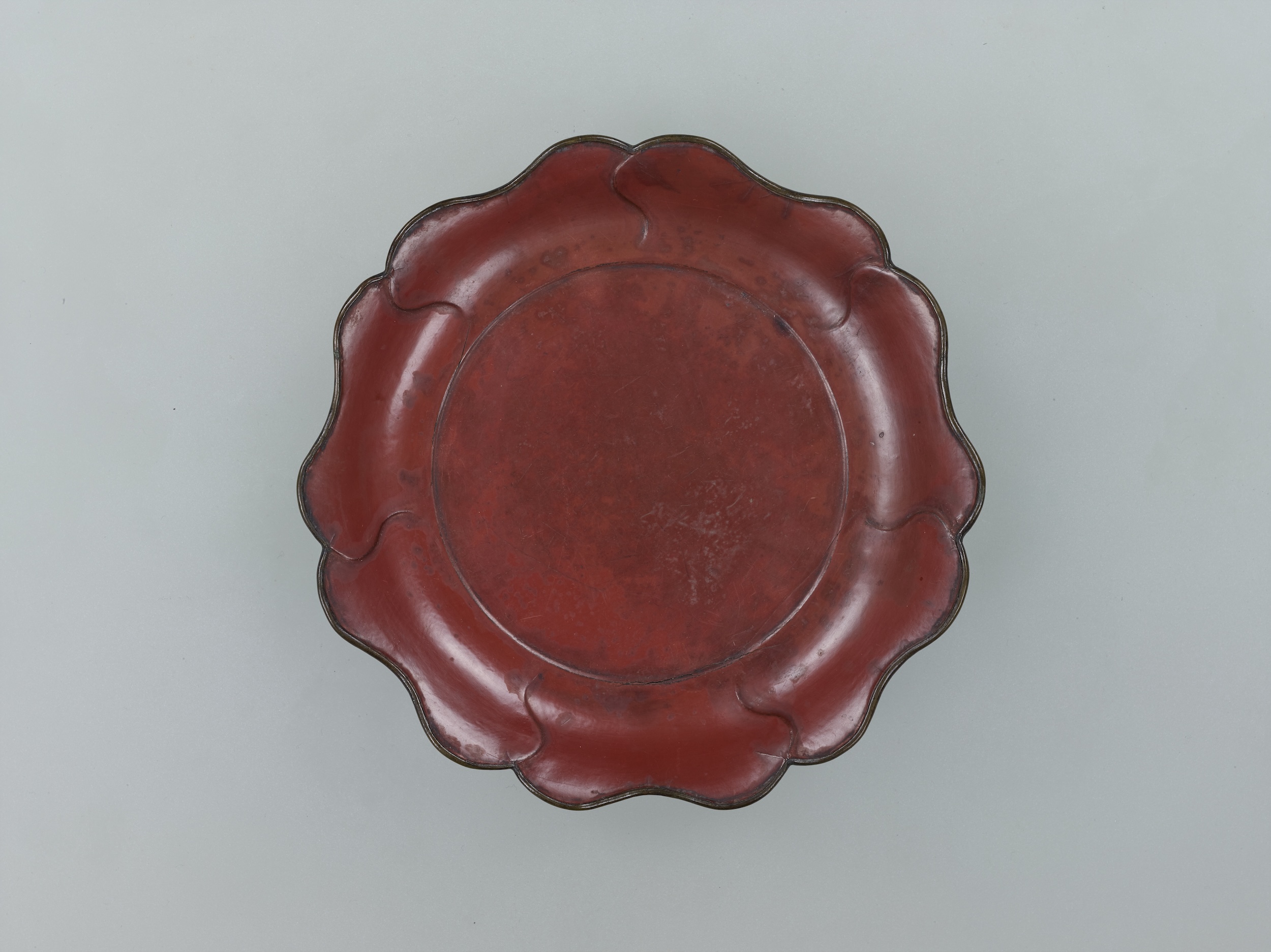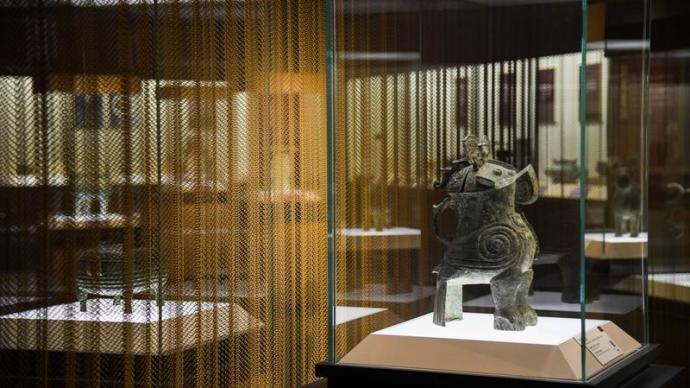
"Zhaizi China - Henan Xia, Shang and Three Dynasties Civilization Exhibition" is currently on display at the Shanghai Museum, which has triggered a wave of exhibitions in Shanghai. As the first "Why China" series of archaeological and art exhibitions curated by the Shanghai Museum, this exhibition hopes to explain the characteristics of the diversity and unity of Chinese civilization from the perspective of "civilization", as well as the deep reasons for the continuous continuity of Chinese civilization. "The Paper: Ancient Art" is authorized to publish academic articles written by Shanghai Museum research librarians for the catalogue of the same name of the exhibition, which will be published in two parts (the first part) and the second part. Starting from the specific elements of civilization such as cities, characters, bronze ware, etc., the article deeply interprets the characteristics of the unity and diversity of the civilizations of the Xia, Shang and Zhou dynasties.
Civilization is an advanced stage of human cultural and social development, a long-term process including origin, formation and early development. Among the world's four ancient civilizations, only the Chinese civilization is the only human civilization in the world that continues to maintain cultural continuity. The Xia, Shang and Zhou dynasties were an important stage in the finalization of Chinese civilization, which established the traditions of ancient Chinese society and culture, and shaped the spiritual bond of the Chinese nation. The Yellow River Basin is the birthplace of three generations of civilization. A series of major archaeological discoveries here have demonstrated the glorious achievements of the origin, formation and development of Chinese civilization, as well as major contributions to world civilization. As the first "Why China" archaeology and art series exhibition curated by the Shanghai Museum, "Zhaizi China - Henan Xia, Shang and Zhou Civilizations Exhibition" hopes to explain the characteristics of Chinese civilization's diversity and unity from the perspective of "civilization", and The deep-seated reasons for the continuous development of Chinese civilization.
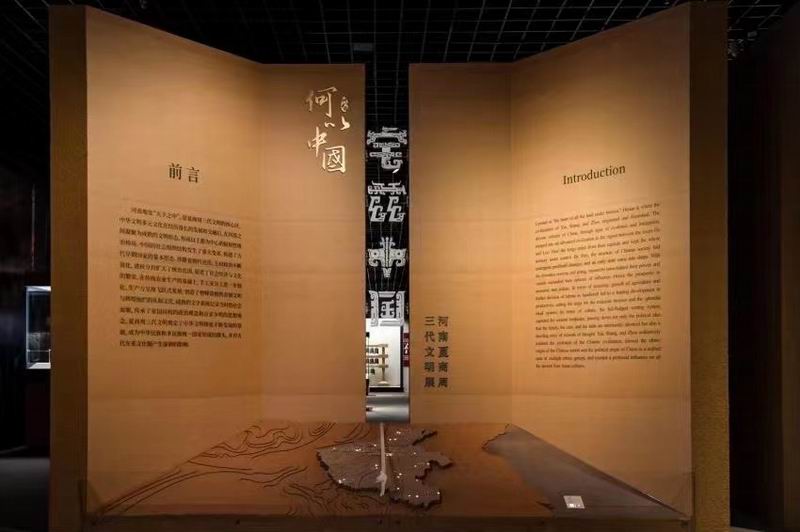
Shanghai Museum exhibition site

"Owl Zun" at the exhibition site
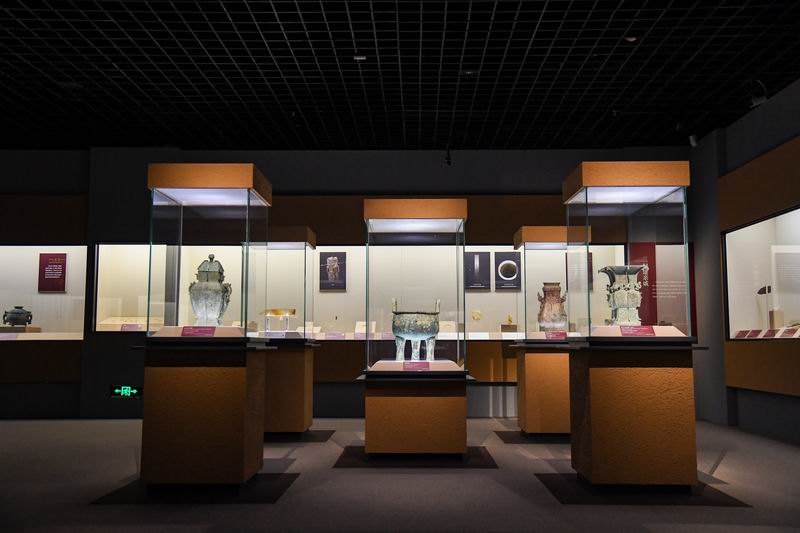
Shanghai Museum exhibition site
At present, in a series of works such as archaeology, history, anthropology and ethnology, the emergence of elements such as cities, characters, bronzes and ceremonial buildings is generally used as the specific symbol of civilization. Although different types of civilizations have different material forms during their evolution, the elements of civilization appear at different times, even some elements are present or absent, and their roles and positions in various cultural backgrounds are also different. not exactly. However, these elements, as the material culture of the state and class society, are still of great significance for discussing the characteristics of civilization forms.
City
A city is a place where the ruling class lives and engages in major activities, and it is the center of politics, economy and culture within a certain area. Since the British archaeologist Childe put forward the theory of "urban revolution", the emergence of cities has been used as an important symbol to divide the historical stages of human civilization development. A city as an element of civilization must have a certain size and population. According to the standard of American anthropologist Clark Hong, a city is surrounded by high walls and can accommodate more than 5,000 people. The positioning of cities in ancient Chinese literature is more prominent as ceremonial buildings with political functions. "Zuo Zhuan: The 28th Year of Duke Zhuang": "Where there is an ancestral temple, the lord of the ancestors is called the capital, but there is no city." "The capital" should not only have a concentrated population, but also have ceremonial buildings such as ancestral temples. This is because the political relationship in ancient Chinese society was closely related to the patriarchal blood relationship, and the formation of the ancestral temple building was related to the right to worship, which constituted the legitimacy of the rule. "Euples" are just larger settlements and do not have the scale and nature of cities. The Xia, Shang, and Zhou dynasties were an alliance of states and states in a wide area. The central city was the capital, and each state or vassal state also had its own political center, which constituted the basic pattern of pluralism in ancient Chinese society.
(1) The earliest royal capital
Beginning in the 1920s, with the rise of the "doubt about the ancients" trend of thought, China's ancient history was systematically criticized, and the Great Yu became a mythical figure that did not exist. The discovery of oracle bone inscriptions at the Yin Ruins confirmed that the Shang Dynasty did exist in Chinese history. However, there is no unearthed text to prove the Xia Dynasty, so it is still not accepted and affirmed by Western scholars. Since the 1980s, new historical materials and new archaeological discoveries have been emerging. Inspired by the idea of "getting out of the age of doubt", exploring the history and culture of the Xia Dynasty has become a major issue in the project of exploring the origin of Chinese civilization.

Figure 1-1 Suigongxuan collected by Beijing Poly Art Museum

Figure 1-2 The rubbing of Suigong's inscription
The Suigongxuan (Figure 1) collected by Beijing Poly Art Museum is the earliest documentary material that records the deeds of Dayu so far. This bronze inscription in the middle of the Western Zhou Dynasty states that "Yu was ordered by Heaven to lay down the soil, follow the mountains to dredge the rivers, and set up expeditions on the land, subordinate the people to supervise morality, and make himself a servant to the people and become parents." , according to the trend of mountains and rivers, dredging rivers, calming floods, and stipulating tribute according to different geographical conditions in different places, it is beneficial to the people and becomes the parents of the people. This document records the two major events of Dayu's water control and the division of Kyushu, which is consistent with the content of the handed down document "Shangshu·Yugong". The footsteps of Dayu's flood control are all over the major rivers and lakes in the Yellow River, Huai River and Yangtze River basins. Yuji is the geographical basis for the division of Kyushu, and Kyushu became the earliest administrative division in China.
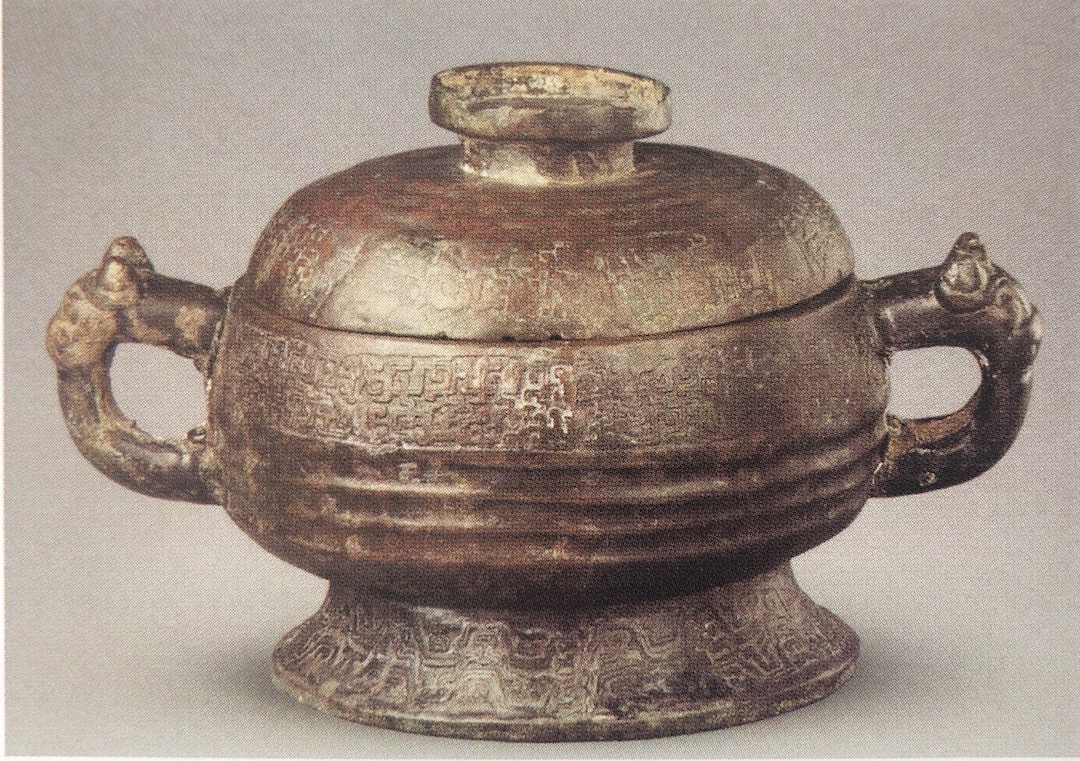
Figure 2-1 Qin Gonggui collected by the National Museum of China
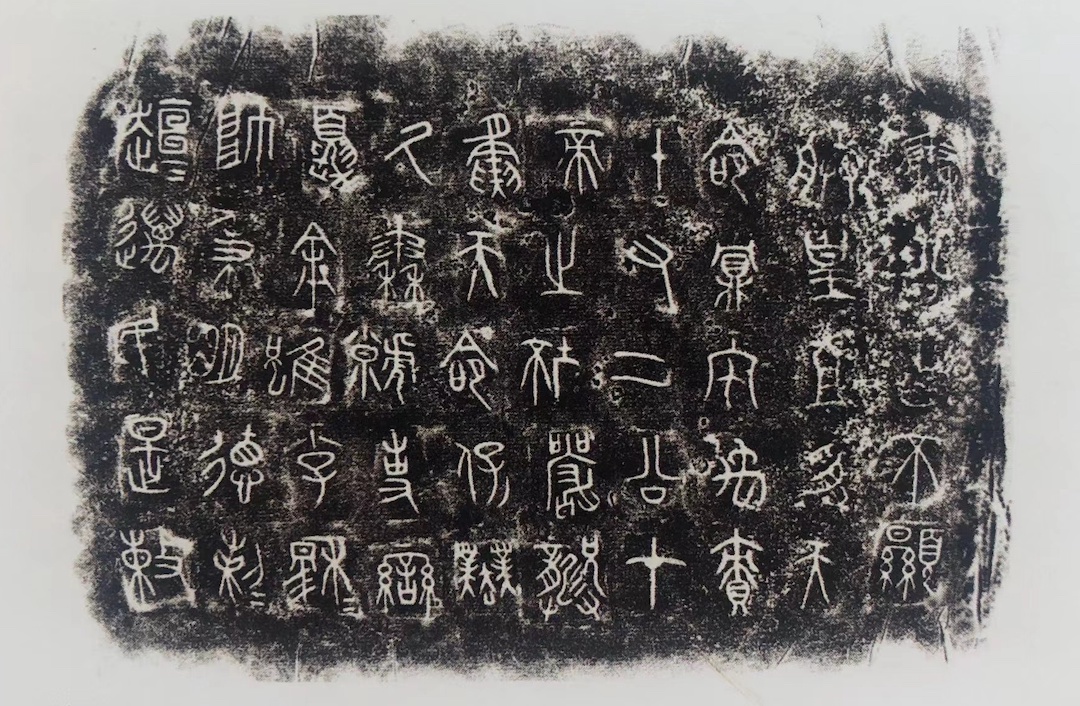
Figure 2-2 Qin Gonggui inscription rubbings
The inscription on Duke Qin's Gui (picture 2) collected by the National Museum of China says: "The Duke of Qin said: "The emperor Pi Xian was ordered by heaven, and he lived in Yu's house." An inscription on the chime bell unearthed from Zengguo Cemetery in Zaoshulin, Suizhou, Hubei (picture 3) It is said: "Bo Kuo was ordered to command Yu's blockage, and there is this Nanzhuo." The inscription on the Shuyi Fungus (Figure 4) unearthed in the ancient city of Qi Kingdom in Linzi, Shandong in the 5th year of Xuanhe in the Northern Song Dynasty stated: "Yidian is old and old, and its Gaozu, he is a great successor to Tang, who dares to be in the emperor’s place, and Pu is appointed by Heaven… Yi Xiaochen is only Fu, Xian has Kyushu, and Yu’s block.” Whether it is Qin State in the west, Zeng State in the south, or Shang State in Qi State The descendants of Tang all believed that the state of their ancestors was within the scope of the "Ji of Yu", reflecting that the orthodox concept of "Ji of Yu" was deeply rooted in the hearts of the people at that time.
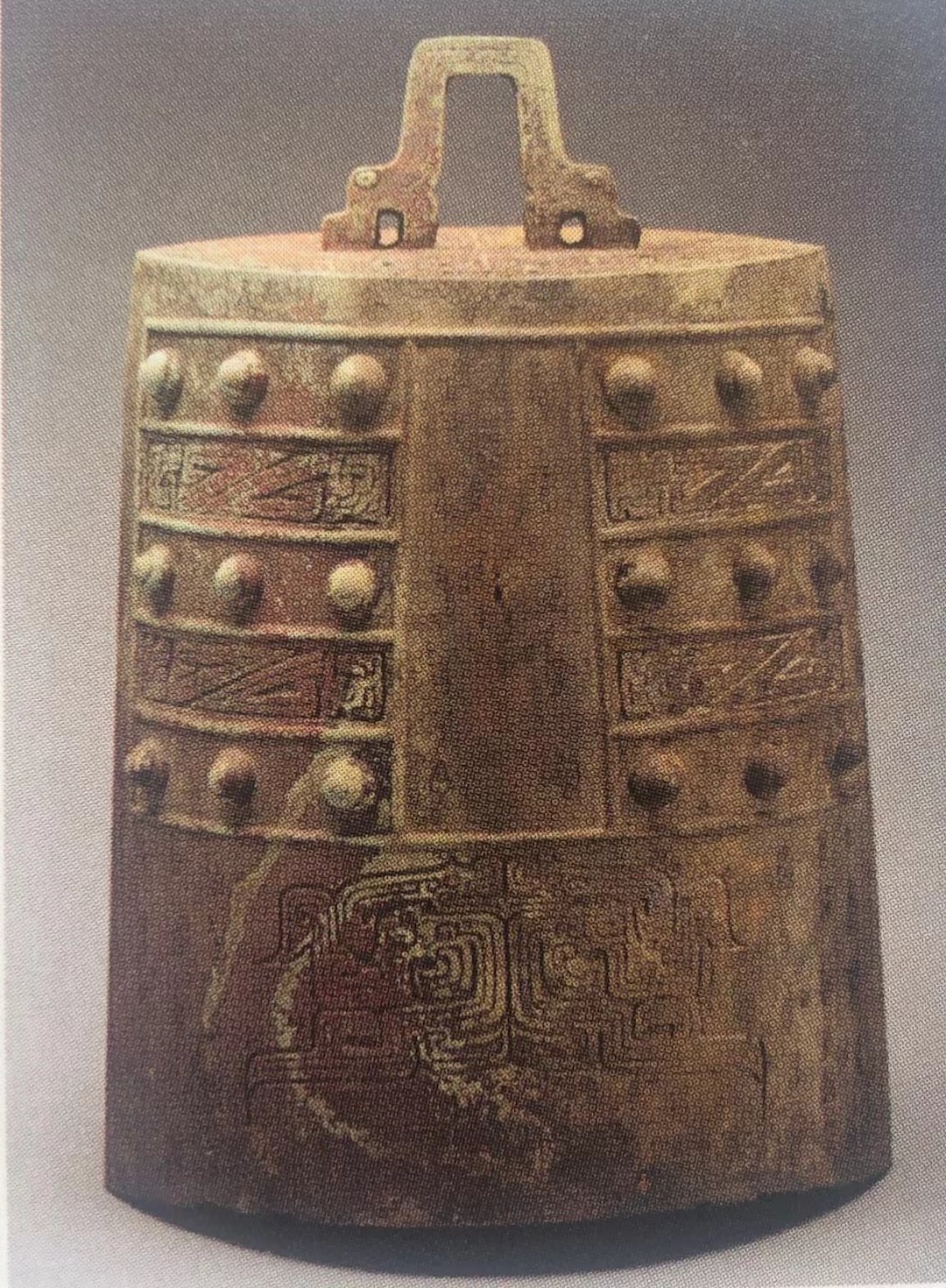
Figure 3-1 A chime bell unearthed from Zengguo Cemetery in Zaoshulin, Suizhou, Hubei (provided by Guo Changjiang)

Figure 3-2 Inscription rubbing of the bell (provided by Guo Changjiang)
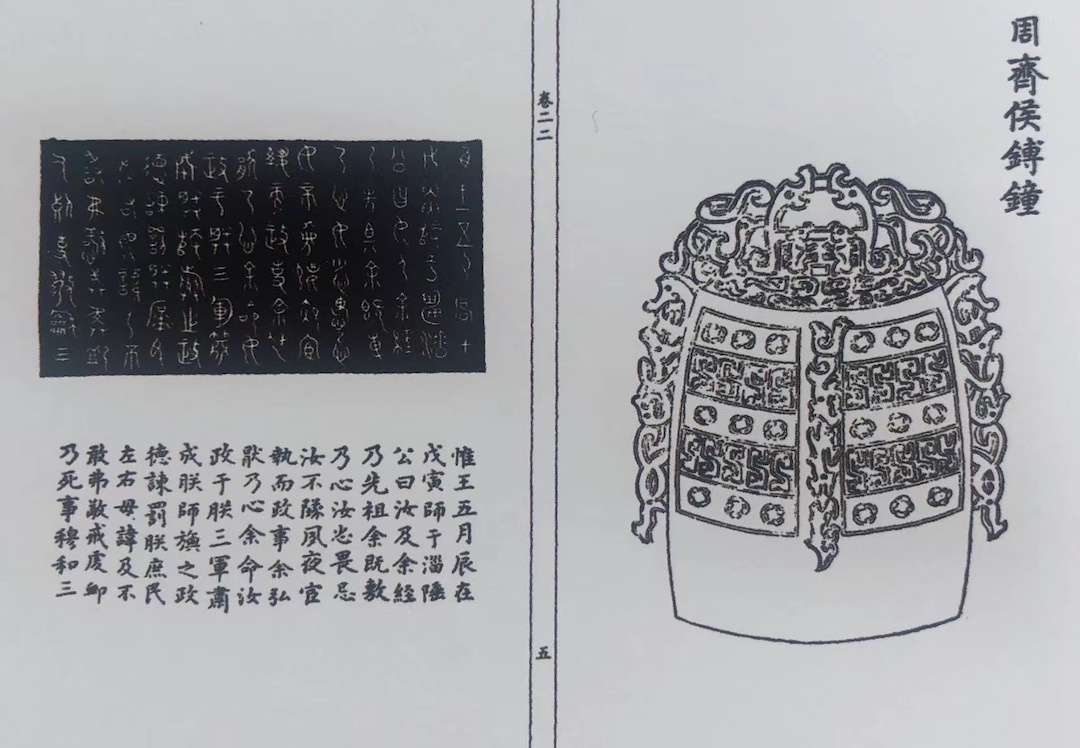
Figure 4 "Bogu Tu" 22.5 Shuyi Fungus
The bamboo slips of Chu State during the Warring States Period recorded the deeds of Dayu in particular in detail. The Chu bamboo slips in the Shanghai Museum's "Rongcheng Family" record: "Shun was in power for three years, the mountains and tombs were nowhere, and the water was not accessible. , the face is dry and the hair on the shin is not born, and the flow is open. Yu personally holds the Lei Si, and uses the swamp of the Mingdu to resolve the resistance of the nine rivers, so Yanzhou and Xuzhou can be dealt with. Yu Tonghuai and Yi, east The sea of Zhuzhou, then Qingzhou and Juzhou can be settled. Yu is connected to the Lou and Tang, and the sea of eastern injection, so it can be located after the state. Yu is connected to the three rivers, five lakes, and the sea of eastern injection, so Jingzhou and Yangzhou can only be settled. Yu is connected to Yi, Luo, Bingyu and Jian, and the sea to the east, so Yuzhou can be settled. Yu is connected to Jing and Wei, and the river to the north, so it is the beginning of Chaozhou. It can also be located. Yu was named from the south of the Han, and the grain was five hundred, and from the north of the Han, the grain was five hundred. The houses in the world were built, and they were cultivated and eaten." Tsinghua University's collection of Chu bamboo slips "Hofu" records: " When Yu Wenyu was ordered by the emperor, he followed the mountains to publish trees, build mountains and rivers, and he was the people who surrendered and built Xiabang." The water control project requires the full cooperation of states in a wide range of regions, and the demarcation of Kyushu laid the foundation for the formation of the early state. . Therefore, Yuji is Kyushu, Kyushu is the world, and the world is China. The deeds of Yu Dayu's water control marked the formation of a pluralistic and integrated pattern of early Chinese civilization, and the earliest prototype of a multi-ethnic unified state was born.
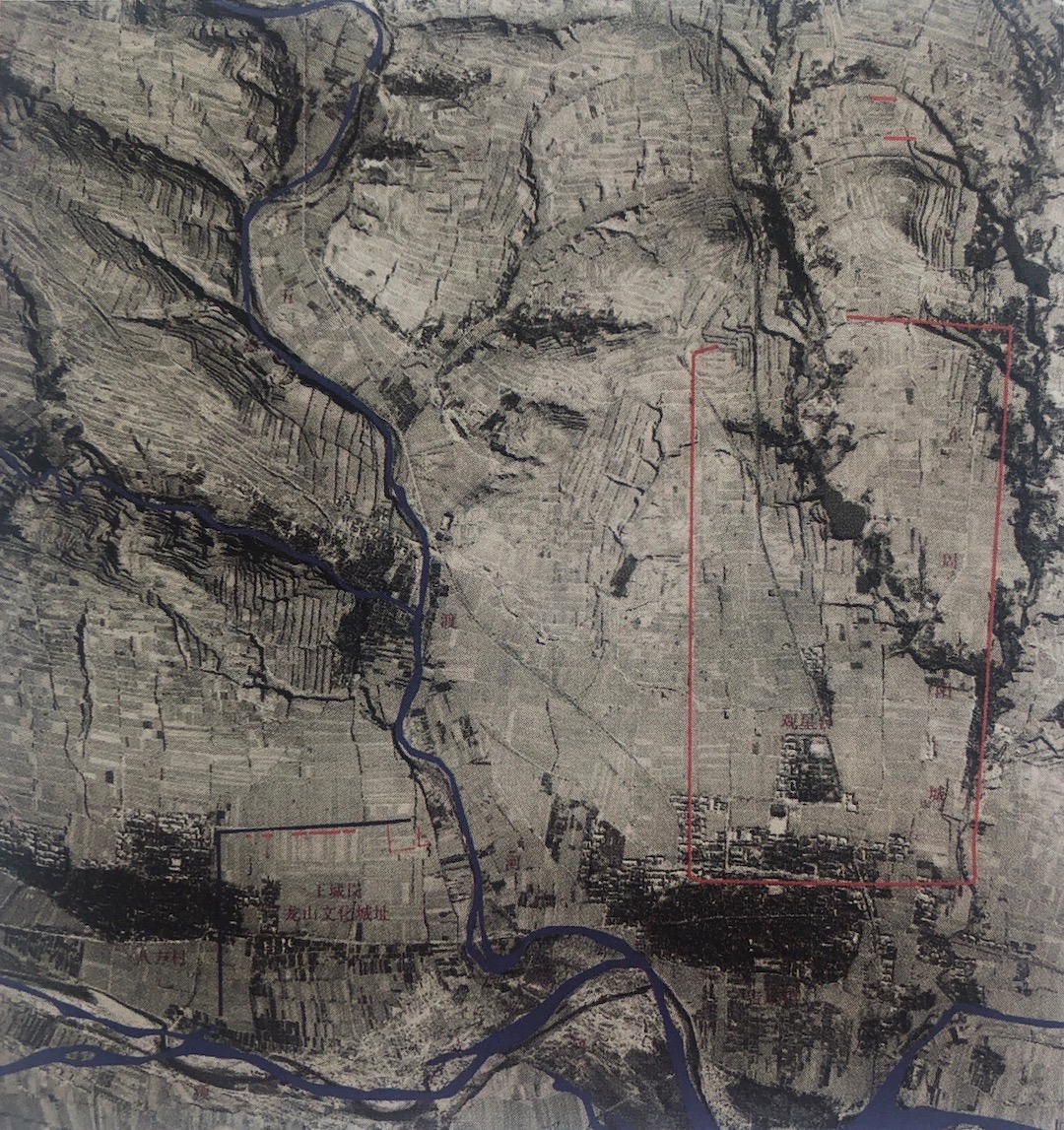
Figure 5 The site of Dengfeng Wangchenggang Longshan period and the location of Yangcheng in the Eastern Zhou Dynasty
"Historical Records Xia Benji": "Yu Ci avoided Shun's son Shangjun in Yangcheng." "Ancient Bamboo Book Chronicle": "Yu's capital Yangcheng." Yangcheng was the first royal capital in Chinese history, combining literature and archaeology It was found and speculated that it may be in Wangchenggang, Dengfeng, Henan. The Wangchenggang site is located on the west bank of the Wudu River, about 500 meters northwest of Gaocheng Town, Dengfeng, and about 400 meters away from the Ying River in the south. (Picture 5) Small towns and big cities with things juxtaposed here are found here. The west city site of the small town is square, with an area of nearly 10,000 square meters. Thirteen foundation-laying pits were found under the building foundation in the city site, and the intact or dismembered human skeletons of adults and children were filled between the rammed earth layers in the pits or under the bottom of the rammed earth layers. It may be related to the custom of using people to lay the foundation of ceremonial buildings at that time, and this situation still exists until the ruins of Yinxu.
The city site of Dacheng is rectangular, the east-west city wall is 600 meters long, and the north-south city wall is 580 meters long, covering an area of 348,000 square meters. According to the production tools at the time, to build a city site with a scale of 300,000 square meters, if 1,000 young and middle-aged laborers work 8 hours a day, they need to work continuously for 1 year and 2 months. If you add the personnel who design, measure, manage and supervise, as well as the personnel who provide logistical support, it is necessary to mobilize the strength of the entire settlement group with Wangchenggang as the center. According to the carbon 14 dating data, it can be seen that the Dacheng age has entered the Xia Dynasty, and it is the earliest known city site in the Xia Dynasty. In addition, the Yangcheng site of the Eastern Zhou Dynasty was found on the east bank of the Wudu River, and a large number of Warring States pottery were unearthed with stamps such as "Yangcheng" and "Yangcheng Cang". This proves that the Wangchenggang site may be the capital of Yu in the Xia Dynasty, Yangcheng.
The discovery and understanding of the early Xia Wangdu is still in the exploratory stage. The ruins of Yuzhou Wadian, Xinmi Ancient City Village, Xinmi Xinzhai, Gongyi Huadizui and other sites have found city sites, large-scale ceremonial buildings and sacrificial remains, as well as bronzes, jades, painted pottery and other utensils with ritual properties. These sites may be related to the literature records of Qidu Yangzhai, Taikang's lost country, Hou Yi's generation of Xia, Song of the Five Sons and so on. For example, the Yuzhou Wadian WD2F1 site is 31 meters long from north to south, 26 meters wide from east to west, and covers an area of about 800 square meters. It is a large rectangular shallow cave building. The "Book of Rites·Sacrificial Law" records the ancient Chinese sacrificial buildings "altar" and "墠", which are places used by nobles to worship ancestors and heaven and earth. "To seal the soil is called the altar, and to remove the ground is called the "altar". The one built with the earth above the ground is called "altar", and the one excavated below the ground is called "墠". China has always had the concept of a round sky and a place, so traditionally, the Temple of Heaven is round and the Temple of Earth is square. This shallow cave-shaped rectangular building formed after the surface was leveled is the "堠" for the sacrifice of the earth. At the same time, there were also found pits for human beings, sacrifice pits, snail pits, and five-grain pits. Ritual activities such as offering sacrifices, burial offerings, burnt offerings, and food offerings. Nine pottery dings of orderly size were unearthed in the WD2H121 utensil pit in the north of the building site (Fig. 6), which may be the earliest prototype of the listed ding system. The "墠" found at the Wadian site in Yuzhou is the earliest known remains of this type in the Xia Dynasty, and it had a direct impact on the similar buildings at the Xinzhai site and the Erlitou site. It is recorded that Qi held the "Enjoyment of Juntai" in Yangzhai's Fangguo League.

Figure 6 The "Jiu Ding" unearthed in the WD2H121 utensil pit of Yuzhou Wadian
(2) The layout of the city
The inscription on He Zun (Fig. 7) on the bronze ware of the early Western Zhou Dynasty records that after King Wu of Zhou destroyed the Shang Dynasty, he made a sacrifice to the heaven and declared: "Yuqi's house is here in China, and it is from the people." The term "China" originally referred to the Luoyang Basin and the Central Plains centered on it, and later developed into a concept of regional, cultural and political territory, and its connotation has undergone a process of continuous expansion and change. The Zhou people intended to establish a capital in the center of the world to rule the people, which is a political tradition inherited from the Xia and Shang dynasties. "The Spring and Autumn Period of the Lu Clan": "The king of ancient times chose the middle of the world to establish his country." "Records of the Grand Historian · Fengchan Book": "In the past three generations lived between Heluo." , due to its central location and convenient transportation conditions, it forms a cultural magnetic field with centripetal force and radiation. The Erlitou site discovered in Yanshi, Luoyang, Henan Province was the royal capital of the late Xia Dynasty.
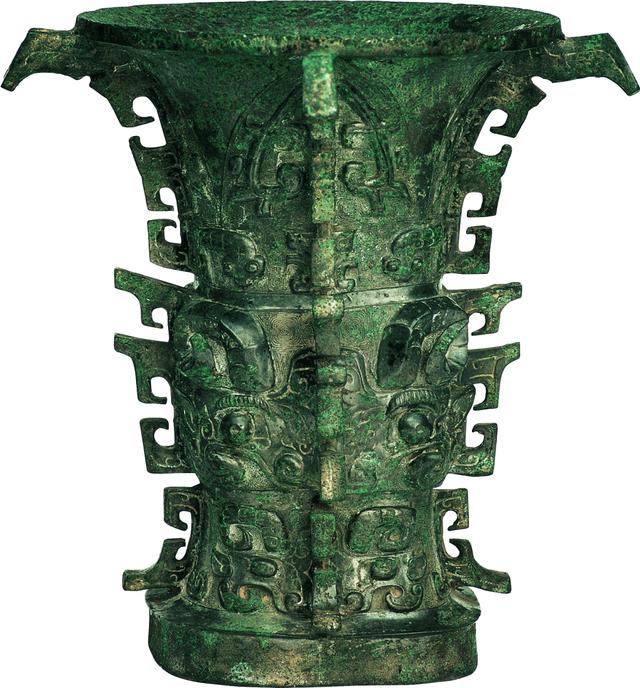
Figure 7-1 He Zun in Baoji Bronze Museum

Figure 7-2 He Zun's inscription rubbings
The Erlitou site is located in Zhai Township, Yanshi, with an area of nearly 4 million square meters. It is the central area of the Xia Dynasty recorded in ancient documents. The carbon 14 dating data show that its absolute age is roughly from 1750 BC to 1550 BC, just in the range of the late Xia Dynasty. The whole site is carefully planned and laid out, and is divided into two parts: the central area and the general residential area. The central area is composed of the palace area, the aristocratic settlement area, the sacrificial activity area and the walled workshop area. (Figure 8)
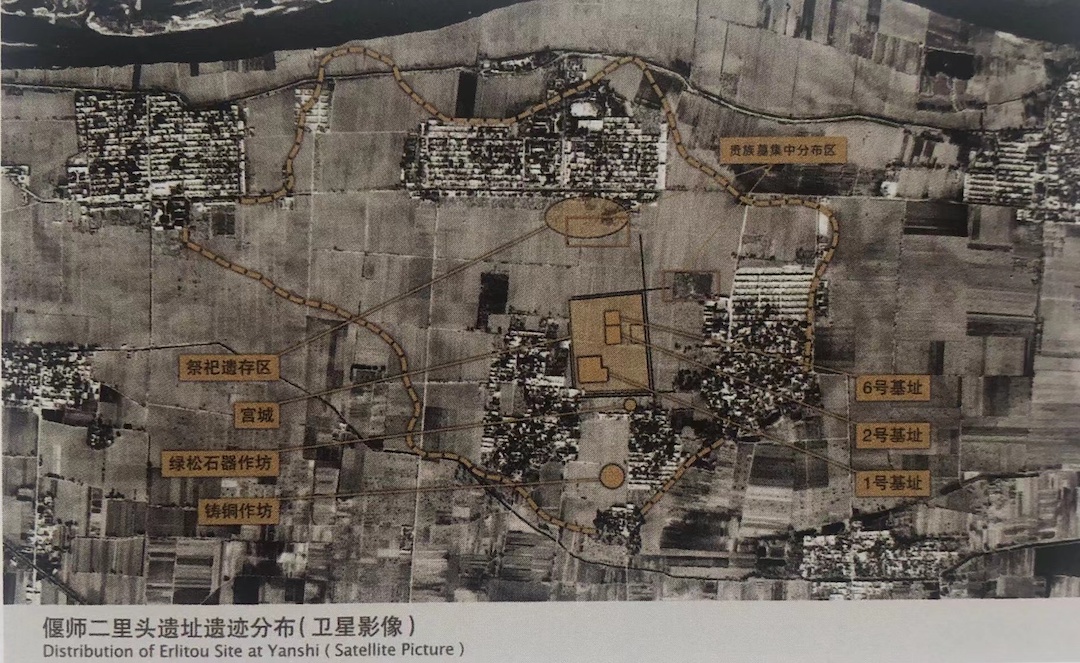
Figure 8 Distribution map of the remains of the Erlitou site in Yanshi
Although the Erlitou site does not have a city wall, the palace city, which is a forbidden area for the royal family, has a closed rammed city wall. The palace city is square and neat in shape, with an area of nearly 110,000 square meters. Dozens of large and medium-sized rammed earth buildings in the palace area constitute the core of the royal capital. This is the earliest palace city site in the ancient capital of China. There are cross roads in the Miyagi, and four roads intersecting vertically outside the Miyagi form a tic-shaped road network. Roads are not only urban traffic channels, but also play an important role in dividing urban functional areas. The aristocratic settlements are distributed in the north and northeast of Miyagi, the sacrificial activity area is distributed in the north and northwest of Miyagi, and the workshop area is distributed in the south of Miyagi. It can be seen that the layout of the Erlitou site is highly planned and has the distinctive feature of being the center of political power.
Both the turquoise tool manufacturing workshop and the copper casting workshop are surrounded by walls, indicating that they are official handicraft workshops. Copper casting workshops are large in scale, complex in structure and long-term use. The production of these high-grade products is controlled by the royal family, which shows that the political power has the uniqueness of the management of the ritual system. Some scholars have estimated the population of the Erlitou site and speculated that the population at that time should have been at least 20,000. However, the population of ordinary settlements during the same period generally did not exceed 1,000 people. Population growth and concentrated living are important manifestations of societal complexity and maturity.
In the course of thousands of years of development of ancient Chinese palace buildings, a series of architectural styles with their own characteristics have been formed according to local conditions, and their origins can be traced back to the Erlitou site. For example, the central axis planning mode of "building a neutral pole" is the clearest manifestation of the effect of ritual thought on the layout of the capital. The palace area of Erlitou site has two large-scale palace complexes with central axis planning, which is the earliest large-scale palace complex with central axis planning in China. This layout shows that a strict palace system has been formed, and has had a profound impact on the construction and planning of ancient Chinese capitals. Beijing City and the Forbidden City in Ming and Qing Dynasties were the culmination of the idea of "establishing a neutral pole" and the supremacy of kingship, which brought the connotation and tradition of the ritual system of ancient Chinese capitals into full play. According to the latest archaeological findings, the city site of Pingliangtai Longshan period in Huaiyang, Henan has already appeared as a building base with a central axis layout. Obviously, this tradition is inherent in the Central Plains.
Palace No. 1 is the largest building in the palace city, and its south gate forms the central axis with the main gate of the south wall of the palace city. This is a civil-wood composite building built on a large rammed earth platform. It consists of a main hall, a wide courtyard, surrounding corridors, walls and a main entrance gatehouse, covering an area of 10,000 square meters. The whole palace is large in scale, complex in structure, rigorous in layout and clear in priority and secondary. The main hall, gatehouse and porch form a closed courtyard. The main hall is located in the middle of the northern part of the platform, facing the south and facing the courtyard. This is a ceremonial building for the ruler to carry out political activities and sacrificial activities.
The urban planning and layout of the Yanshi Mall, Zhengzhou Mall and Erlitou Ruins in a later era are basically similar. The ramming process, palace building structure and technology are all matured on the basis of the Erlitou Ruins, reflecting ancient China. The urban planning and construction systems are in the same line. The Yanshi Shangcheng site is located about 6 kilometers east of the Erlitou site. It may be the "Xibo" built after the Shang Tang destroyed the summer. The entire city site is divided into a small city and a large city, which are adjacent to each other. The small city is rectangular and covers an area of about 800,000 square meters. The big city was expanded on the basis of the small city, with a knife-handle shape and an area of nearly 2 million square meters. There are general residential areas and handicraft workshops in the northern part of the outer city, and copper casting workshops in the northeast. The square palace city is located in the center of the inner city, with an area of about 40,000 square meters. The found palace buildings have three palaces in the front, middle and rear built on a central axis, and many palaces are symmetrical on the left and right.
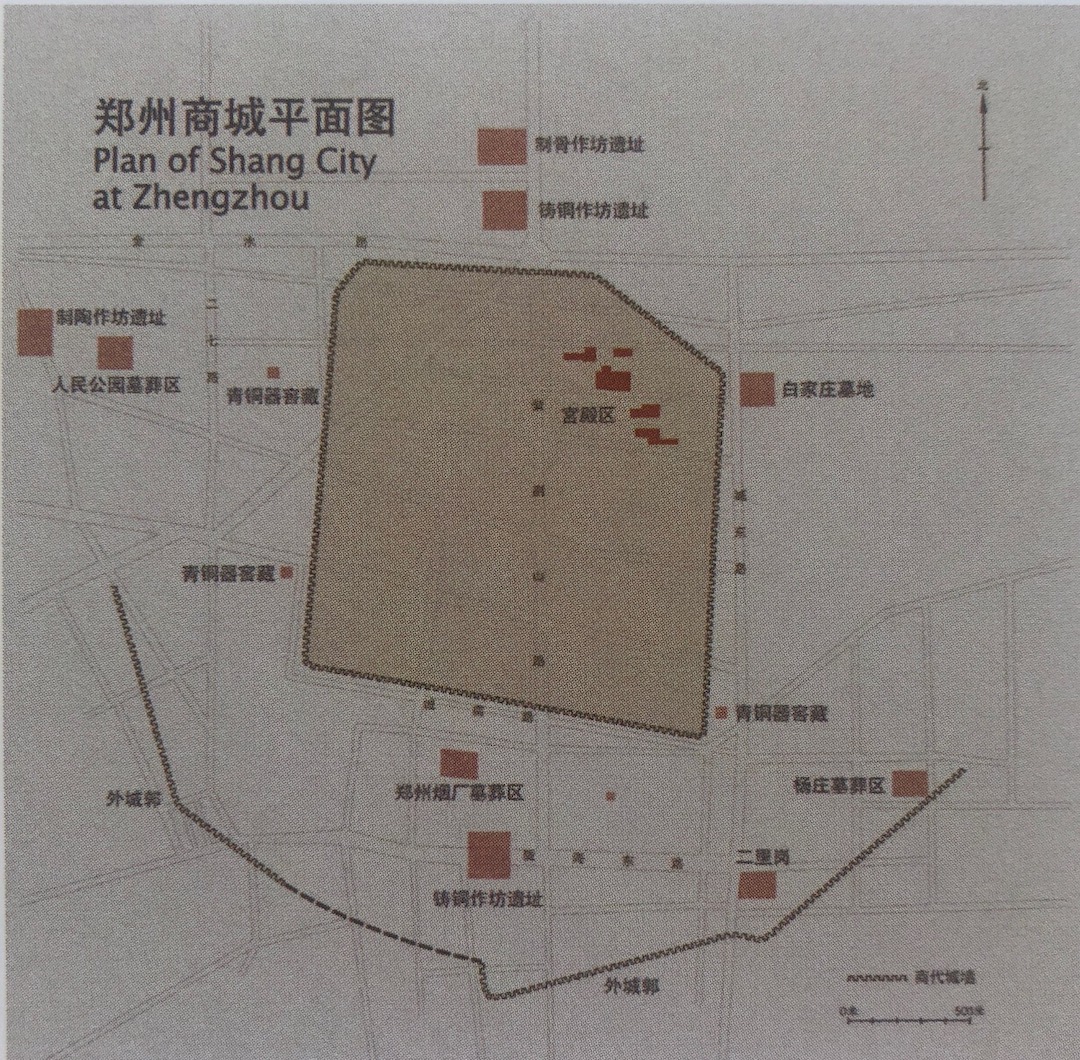
Figure 9 Distribution map of the ruins of the Shangcheng site in Zhengzhou
The site of Zhengzhou Shangcheng is located in the urban area of Zhengzhou, and may be the earliest capital of the Shang Dynasty, Bodu. From the Shang Dynasty, the construction of cities with city walls entered a stage of rapid development. Yanshi Mall and Zhengzhou Mall are the earliest capitals with city walls, reflecting the common city system in the layout of ancient Chinese cities. Zhengzhou Mall consists of the outer city and the inner city. The outer city is irregular in shape, with moats and lakes as defensive barriers and water sources, with a total area of more than 13 square kilometers. (Fig. 9) The inner city is oblique rectangle with a total area of 3 million square meters. In the northeastern part of the inner city, there are pool gardens and sacrificial sites. The largest palace covers an area of more than 2,000 square meters. There are many handicraft workshops and living quarters in the outer city, as well as many sacrificial sites buried with bronze ritual wares, showing the grand and strict style of the royal capital.

Figure 10 Distribution map of the ruins of Yinxu ruins in Anyang
The Xiaoshuangqiao site in Zhengzhou and the Huanbei Shangcheng site in the northern suburb of Anyang may be the capitals where Zhongding moved to Yin and Pan Geng moved to Yin as recorded in the literature. In particular, the Xiaoshuangqiao site found two kinds of animal-faced architectural components, bronze and lead, which can imagine the luxury of the Shangwang palace. The ruins of Yinxu in Anyang were the last capital of the Shang Dynasty, where the Shang king ruled the country for more than 250 years. There are not only palaces and ancestral temples, royal mausoleums, a large number of settlements and handicraft workshops, but also clan cemeteries with "family" as the basic unit. (Figure 10)
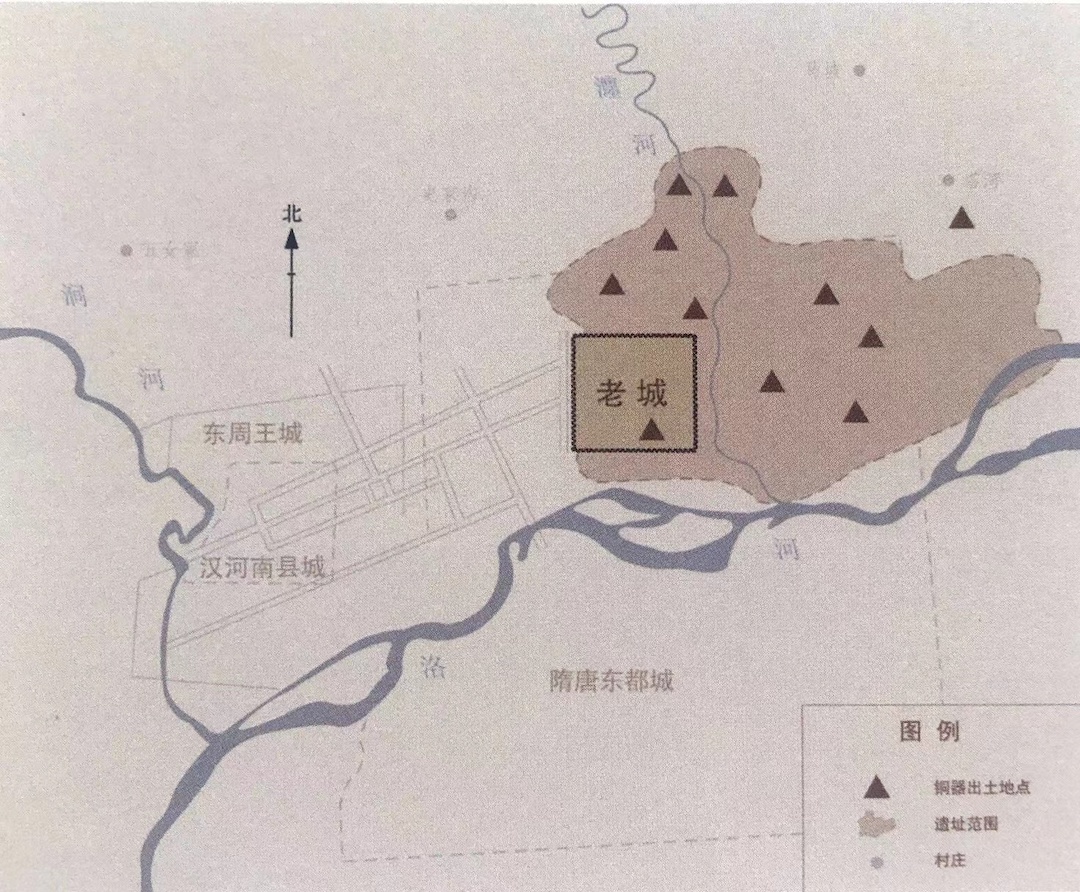
Figure 11 Location map of Luoyi in the Western Zhou Dynasty and the King City in the Eastern Zhou Dynasty
During the Western Zhou Dynasty, the ruling centers of Zongzhou Gaojing and Chengzhou Luoyi (Fig. 11), large and small vassal states also had their own capitals, and the scale of capitals of big states had exceeded those of cities before the Shang Dynasty. The form of the capitals of the vassal states differs from country to country. Some have double city walls in the inner city and outer city, some have two cities side by side, some have three cities with a character-shaped structure, and some have no large city walls, but are composed of many small cities. The Eastern Zhou Dynasty in Luoyang adhered to the traditions of the Xia and Shang dynasties, and the palace area was still centered on the main hall with a symmetrical layout. The entire closed courtyard is divided into many relatively independent small courtyards in the nature of quadrangle courtyards. These small courtyards are generally symmetrical around the central axis. These features continue the architectural structure of the Zhengzhou Shangcheng Palace site and the Huanbei Shangcheng Palace site. Therefore, the layout features of the palace area of the Eastern Zhou Dynasty have the function of linking the past and the future.
During the Xia, Shang and Zhou dynasties, the number of cities increased significantly and their scale increased significantly. The rise of cities marked the concentration of resources, social control, and complexity of administrative organization. This has changed the distribution of the population and the way the economy grows. The urban planning and layout of this period created the construction regulations of ancient Chinese capitals, and formed a set of architectural structures and capital systems with inheritance.
Word
Writing is a tool or symbol system for recording language. The invention of writing enables the accumulation, preservation and dissemination of human thought and culture. The language that most scholars tend to use as an element of civilization is a relatively mature language, which can express people's thoughts completely and systematically, and is popular and recognized by a wide range of people. It simply delineates symbols or has symbolic properties The single word is only an important stage in the formation of words.
(1) The earliest text
It is recognized by the world that the earliest Chinese script is the oracle bone inscriptions at the Yin Ruins, and there are more than 150,000 oracle bone inscriptions with nearly 5,000 characters. The oracle bone inscriptions at the Yin Ruins recorded the names of the Shang kings, which can be combined with the handed down documents to rank the Shang king lineages, confirming the accuracy of the handed down documents. The contents of the divination also involve celestial phenomena, ten days and evenings, sacrificial sacrifices, field hunting, conquests, laws, years, disasters, royal affairs, and daily life. Valuable information on politics, economy, culture, astronomy, geography and meteorology.
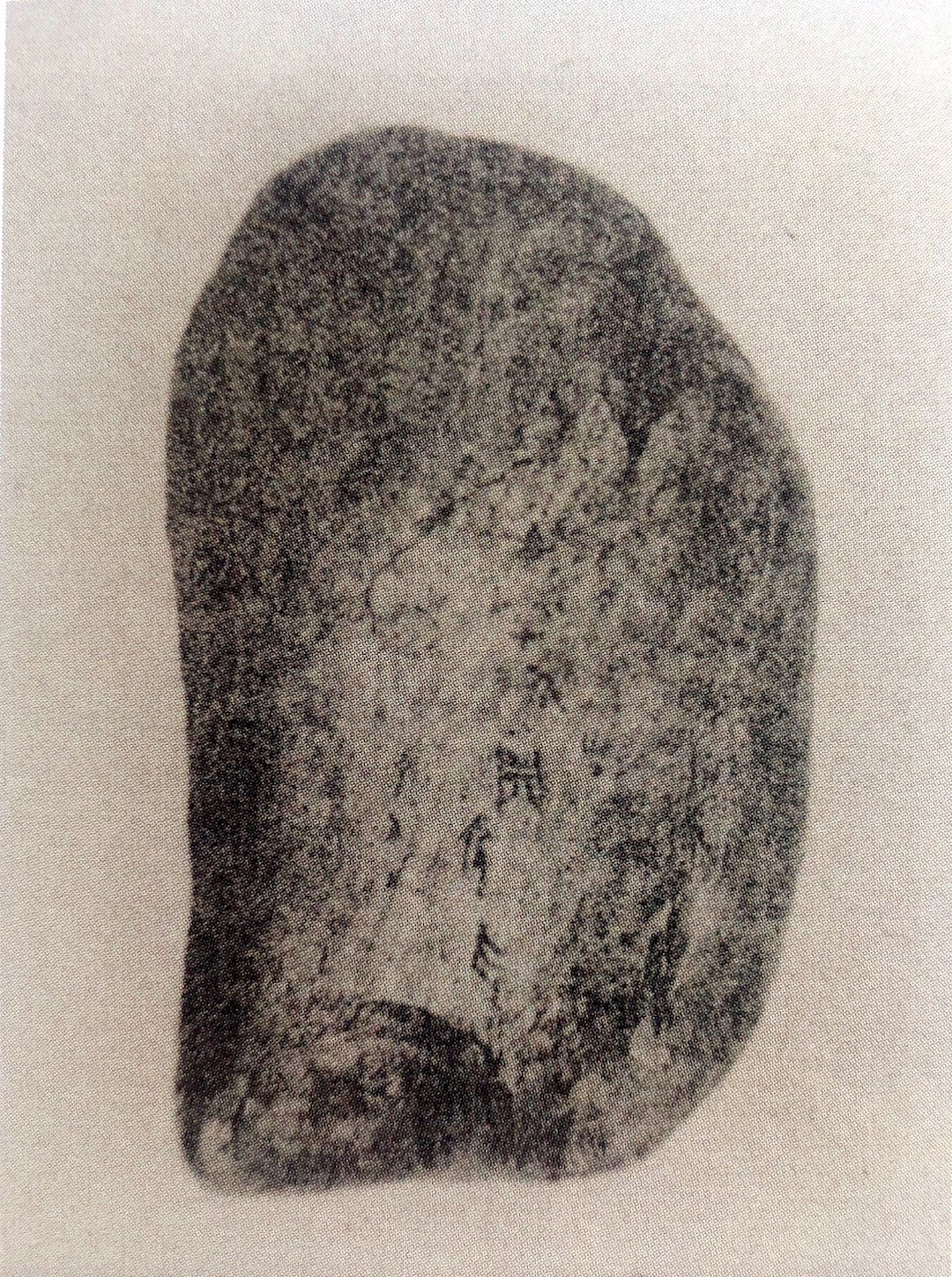
Figure 12 Inscribed beef ribs collected in the soil during the Erligang period in Zhengzhou
However, the inscriptions of Yin Ruins are not the earliest oracle bone inscriptions, and there are earlier inscriptions found in Zhengzhou Mall. In 1953, a beef rib was collected from the soil layer of Erligang in Zhengzhou (Fig. 12), with a cross inscribed "Yi Chouzhen, Cong Shou, October. Also (Yo) soil (she) sheep" . In the same year, a second bovine humerus was found in the gray layer at the eastern end of T30, with the word "됭" engraved on it. According to the information provided by the excavator, Mr. Pei Mingxiang, the cultural layers of these two sites belong to the Erligang period, and there is no possibility of mixing with the remains of the late Shang Dynasty. Mr. Li Xueqin analyzed the text structure and the style of speech examples. Although it is close to the Wuding period, the writing style of some characters is not found in the inscriptions of Yin Ruins, so it is earlier than the oracle bone inscriptions of Yin Ruins. Through the inscriptions found in the Zhengzhou Mall, we learned that oracle bone inscriptions had appeared in the early Shang Dynasty, and they were in the same line with the Yinxu oracle bone inscriptions.

Figure 13 The tortoise shell with the character "mu" unearthed from the Jiahu site in Wuyang
Oracle bone script is a relatively mature language, and its appearance is not achieved overnight. In the Central Plains, the custom of using ox shoulder blades and tortoise shells for divination is very early. Oracle bones with divination traces have been found in the ruins of Wangchenggang in Dengfeng, Wadian in Yuzhou, Xinmi Xinzhai, Erlitou in Yanshi, etc., but there is no inscription on the inscription. However, nine inscribed symbols were found on tortoise shells unearthed from the Jiahu site in Wuyang, Henan from 6500 BC to 5500 BC. One of the tortoise shells (Fig. 13) has the same inscription symbol as the Yin Ruins oracle bone inscription "mu". It can be seen from this that there is a long tradition of writing characters and symbols on tortoise shells for divination, which can be regarded as the origin of oracle bone inscriptions.
Chinese scholars are almost certain that the origin of Chinese characters is related to the inscription symbols of the Neolithic Age. From the inscription of symbols to the appearance of oracle bone inscriptions, Chinese characters have gone through a process from budding to forming a system. From the perspective of linguistics, there is also an inevitable connection between Western characters and descriptive symbols. English write comes from the Indo-European root wrīd, which means "tear, scratch". Proto-Germanic wrītanan, "to tear, scratch", developed from Indo-European word forms. The oldest English form of write is wrītan, which originally meant "drawing a line, depicting", and later evolved into "writing" and "character". Western scholars speculate that the "writing" of the early Indo-European language refers to the marking symbols engraved on the surface of objects.
Mr. Li Xueqin made a comparative study on the origin of Chinese and ancient Egyptian characters, and believed that the two have obvious commonalities, that is, they both originated from the inscription symbols of pottery and jade, and this original text is often used to express "all relationships". , a feature that distinguishes scribbled symbols from decorative arts. The character carrier of ritual utensils and the ideological consensus of a wide range of regions have become two important conditions for exploring the origin of Chinese characters. For example, the engraved symbols appearing on the pottery of the Dawenkou Culture in Shandong are widely distributed in the Dawenkou Culture, Shijiahe Culture and Liangzhu Culture in the middle and lower reaches of the Yellow River, the middle and lower reaches of the Yangtze River. These inscribed symbols generally appear in ritual vessels related to religious sacrificial activities, expressing certain ideas, and such ideas have been recognized within a certain geographical range.
The production of Chinese characters was first and foremost to serve politics and religion, which was a relic of the original character of the prehistoric period. The three generations of writing are closely related to the worship of the gods. The religious features of the Neolithic era inscribed symbols continued to develop in the Shang and Zhou oracle bone inscriptions and bronze inscriptions, and endowed the characters with distinct sanctity and seriousness. Since the right to worship is controlled by the ruling class, the education of writing is also monopolized by the ruling class. "Zhou Li·Diguan·Baoshi": "To raise the son of the state with the Tao is to teach six arts: the first is called five rituals, the second is called six music, the third is called five shooting, the fourth is called five control, the fifth is called six books, and the sixth is called nine. Counting." Liushu was one of the six arts that the children of nobles had to master at that time, which shows how much the ruling class attached great importance to character education.

Figure 14 The pottery flat pot with Zhushu characters unearthed from the Taosi site in Xiangfen
The age of the Taosi site in Xiangfen, Shanxi is the late Longshan culture, about 2300 BC to 1900 BC. In 1984, a flat pottery pot with Zhushu script was unearthed from the ash pit H3403 at the late site of the Taosi site (Fig. 14). This artifact is a remnant, with only the brim and part of the abdomen remaining. On the bulging belly on the front of the flat pot and the flat belly on the back, there are Zhushu characters written with a brush-like tool, respectively. Some are interpreted as "Yup" and so on. The glyph structure of the Zhushu script is basically similar to that of the oracle bone script, and it is no longer a simple scribble symbol. This flat pottery pot is a sacrificial vessel, and the written characters may be related to religious sacrificial activities. In addition, another flat pot fragment with Zhushu script was found in TG9H64 in Zone I of Taosi site, which shows that the use of this type of Zhushu script was not an isolated case at that time. In 2017, an inscription was unearthed in the niche on the north side wall of M26 at the bottom of the tomb of Taosi Site II (Fig. 15). This object has no trace of use. Some scholars have interpreted this complex inscription as " Chen", which may be a ritual vessel related to farming.

Figure 15 The carved inscriptions unearthed from M26 in Section II of Taosi Site in Xiangfen
A polished black pottery cup with inscriptions was unearthed from the Wangchenggang site in Dengfeng T195H473 (Fig. 16). The pottery symbols on the outside of the remnant were inscribed before the pottery was fired. The word structure is very similar. The stratigraphic age of this black pottery cup is the same as that of Dacheng, and both belong to the third phase of Wangchenggang culture. Some scholars believe that this scribble symbol has obviously surpassed the initial stage of writing, and is already a fairly mature comprehension character. The earliest writing in China was produced around 2000 BC, and a writing system based on pictographic characters, indicative characters and comprehensible characters was formed.
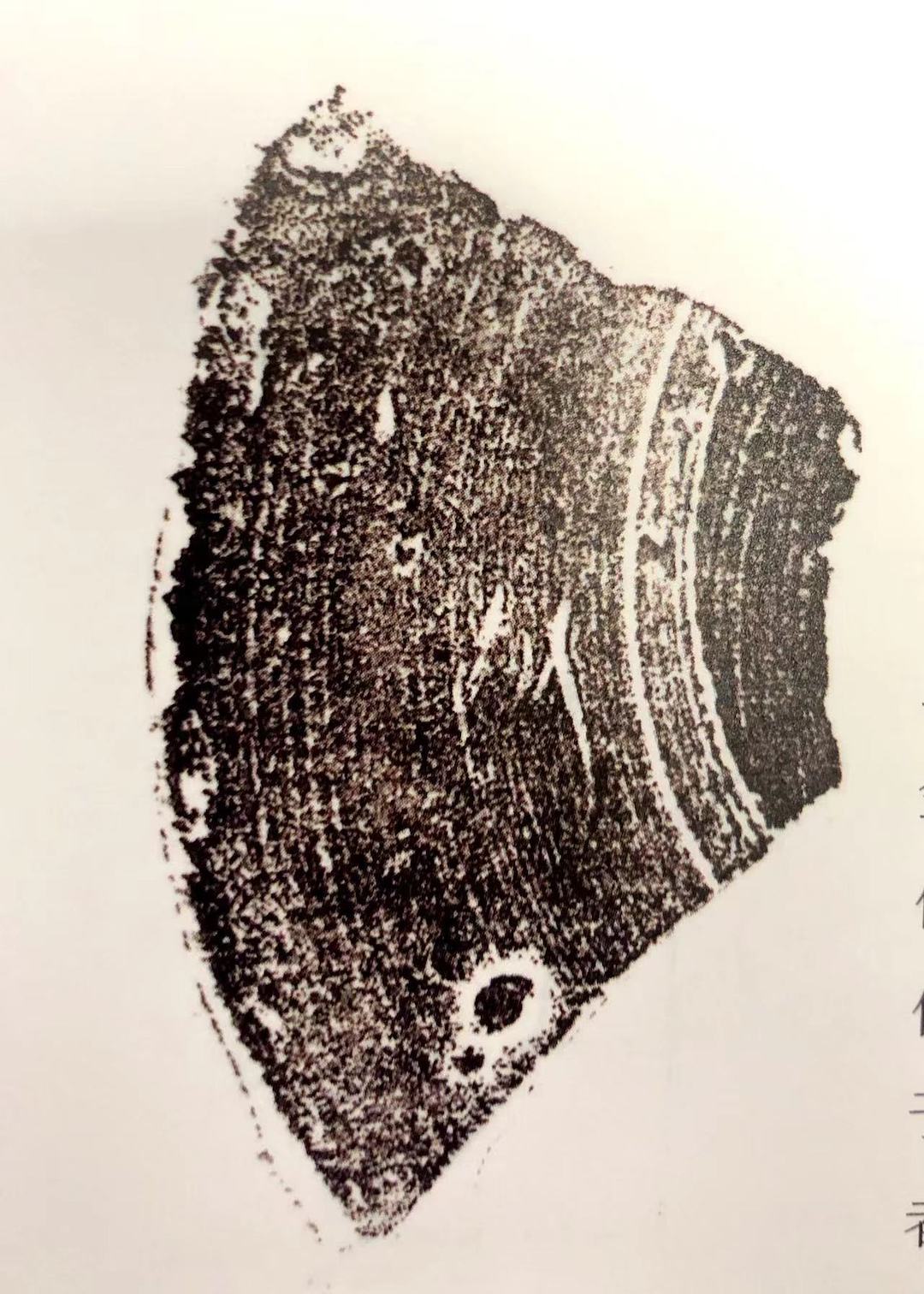
Figure 16 Fragments of polished black pottery cups unearthed from the Wangchenggang site in Dengfeng
(2) Systematization of characters
The common characteristics of the world's early writings show that most of the independently formed writing systems have experienced the development stage of ideographic writing. Western linguist Rogers believes that the reason why words become words is that words have a systematic structure. First, the relationship between words and languages is highly systematic, that is, there is a fixed relationship between words and languages. The systematicity of the organization, that is, the structural combination of words forms a fixed contractual relationship. Because of the systematic nature of words, ideograms are distinguished from pictures.
Among the various inscription symbols of the Neolithic Age found so far, the inscription symbols of the Longshan Culture are most closely related to the origin of Chinese characters. In the Longshan Cultural Site, not only Dinggong pottery inscriptions and Longqiuzhuang pottery inscriptions have been found in a row, but also pottery inscriptions that can directly correspond to oracle bone inscriptions and bronze inscriptions have been found. The pottery inscriptions found at the Wangchenggang site in Dengfeng and the Erlitou site in Yanshi belong to the same writing system as the Shang and Zhou oracle bone inscriptions and bronze inscriptions.
Most of the pottery inscriptions found at the Erlitou site are engraved on the inside of the mouth of the Dakou Zun, which should play an important marking role in terms of the type and location of the utensils. Some scholars believe that some of the pottery texts are primitive numbers, while others are already written in the late Xia Dynasty, and are directly related to the Shang Dynasty pottery texts. Most of these pottery symbols retain the originality of the Neolithic inscription symbols, including vertical lines of different thicknesses, crosses, crosses, arrowheads, branches, well-shaped, zigzag and so on. However, there are still a few pottery scripts that are already hieroglyphics with a fixed meaning. A grey pottery statue unearthed in T22, Area III, Erlitou Site in 1981 (Fig. 17), with a small mouth and wide shoulders, decorated with exquisite Jomon patterns and additional pile patterns, and three pottery texts on the shoulders that should be read in rotation, one of which is the character "Chen". It is the same as the oracle bone inscriptions and bronze inscriptions, and its age is the second phase of the Erlitou culture.

Figure 17-1 The grey pottery statue with the character "Chen" unearthed at T22, Area III, Erlitou Site, Yanshi
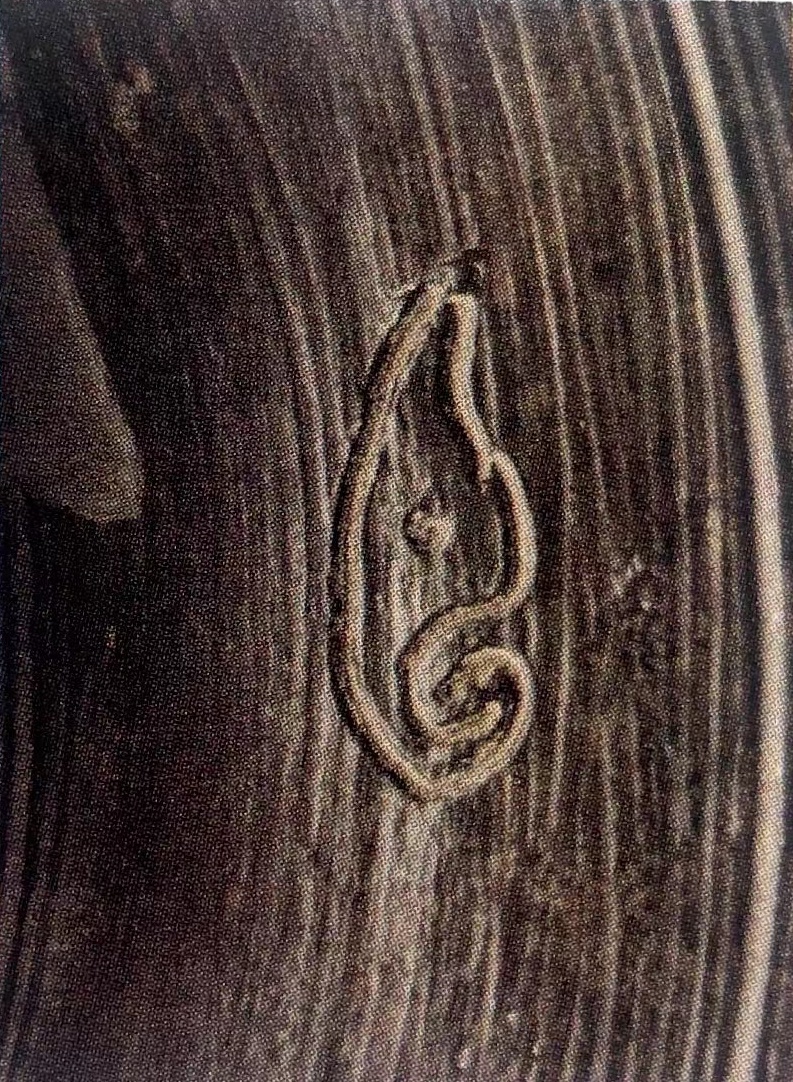
Figure 17-2 Part of the grey pottery statue with the character "Chen"
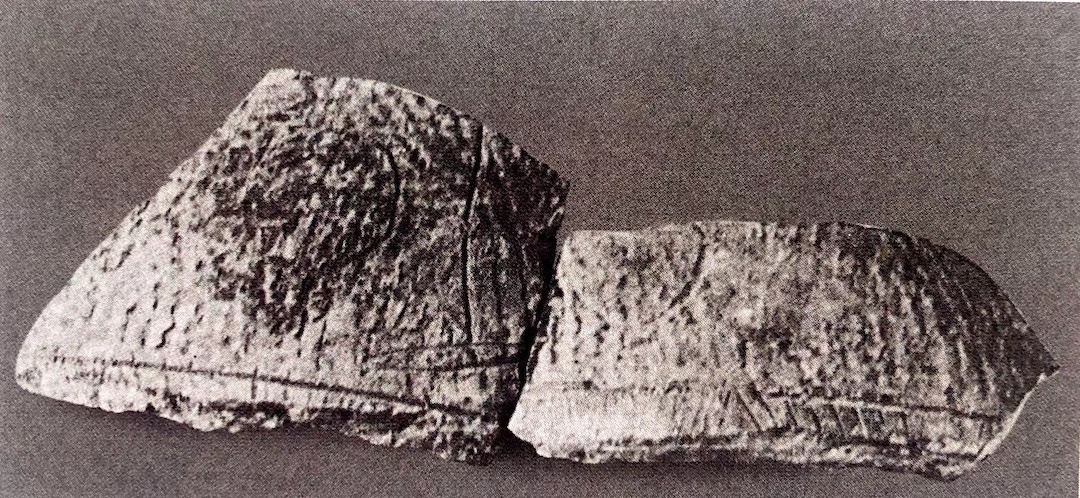
Figure 18-1 Fragment of a grey pottery pot with the character "Che" unearthed from the Erlitou Cultural Site of Zaojiaoshu in Luoyang
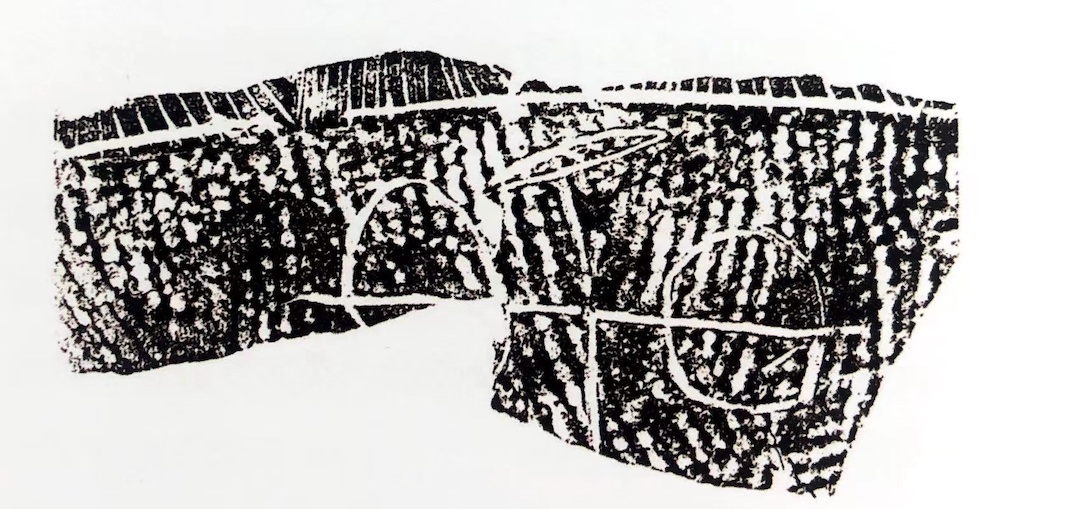
Figure 18-2 Fragments of grey pottery pots with the word "che"
The fragments of the grey pottery pots unearthed from the Erlitou Cultural Site of Zaojiaoshu in Luoyang are engraved with a pottery symbol of the word "cha" (Fig. 18), which is quite the same as the word "cha" in oracle bone inscriptions and bronze inscriptions, and also has two circles similar to wheels. , as well as straight lines of intersection like axles and bridles. On the road on the south side of the palace city of Erlitou site, there are rut marks of two-wheeled vehicles with a gauge of about 1 meter. Rut marks were also found in the ancient city site of Pingliangtai in Huaiyang, and the age was earlier than the Erlitou site. It shows that China has used two-wheeled vehicles very early, and these findings provide important information for the study of the origin and development of vehicles. Therefore, it is not accidental that the pictograph of "che" appeared in the Xia Dynasty. This type of pictographic script was still in use until the late Western Zhou Dynasty, such as the Che Ding unearthed in Xuelu Town, Qian County, Xianyang, Shaanxi Province in 1970 (Fig. 19).

Figure 19-1 A chariot unearthed in Xuelu Town, Qian County, Xianyang

Figure 19-2 Che Ding Inscription Rubbing
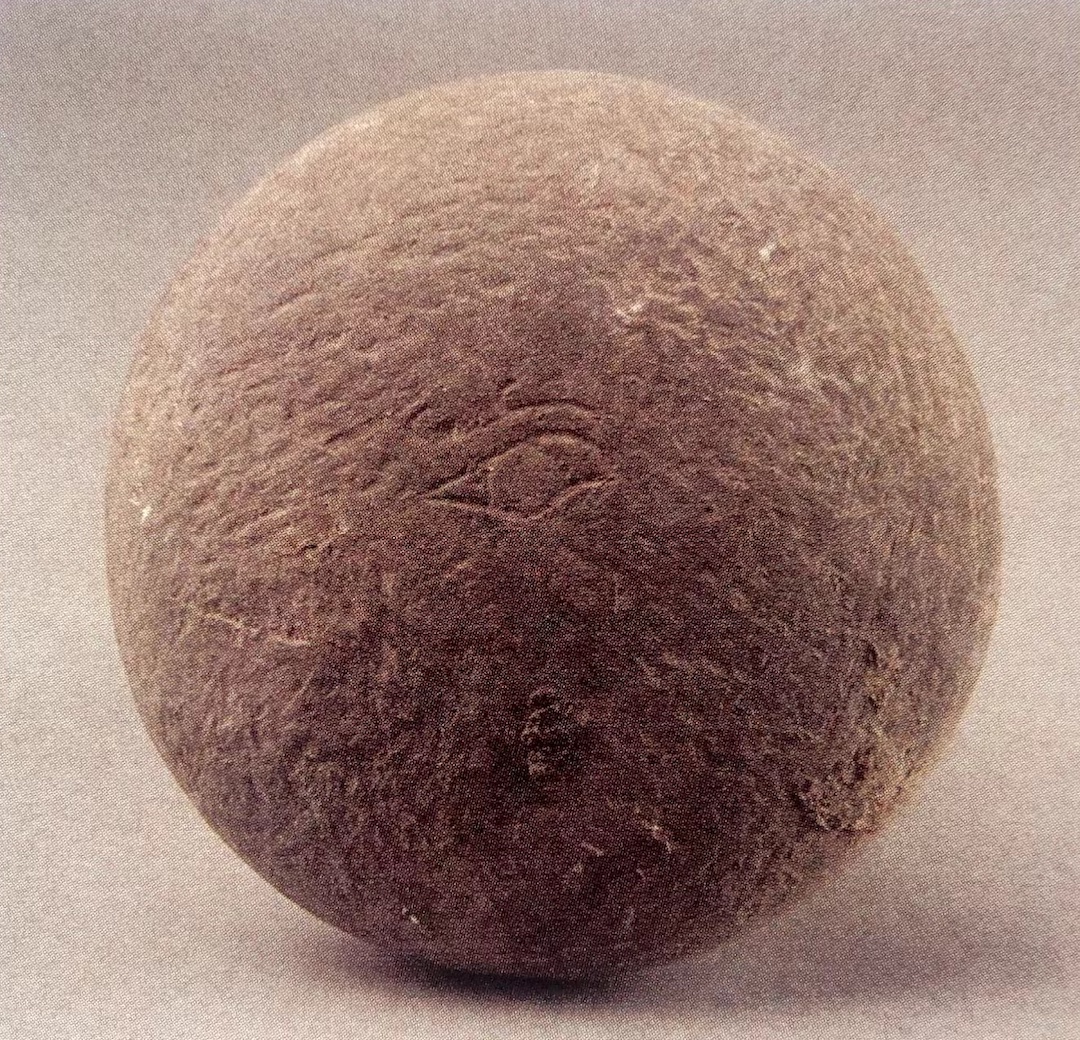
Fig. 20 The gray pottery with the word "mei" collected by Zhengzhou Museum
Many pottery stamps with patterns, such as checkered pattern, cloud and thunder pattern, animal face pattern, dragon pattern, etc., were found in Zhengzhou Mall, which were used to make decorative patterns on the surface of pottery embryos. However, pottery impressions with text are very rare. A gray pottery photograph (Fig. 20) collected by the Zhengzhou Museum was excavated by the Henan Provincial Cultural Relics Team in Zhengzhou Mall in the early years. This impression is mushroom-shaped as a whole, with a curved surface and a flat back, connected to a cylindrical handle. The face is covered with thick shallow cord patterns, and there is a pottery inscription with the word "eyebrow" in the center, which is the same as the oracle bone inscriptions and inscriptions in bronze. The Beijing Poly Art Museum has a mid-Shang eyebrow tripod (Fig. 21) with the same inscription as this gray pottery photograph, and the two are roughly similar in age. From this, it is speculated that this gray pottery shoot may be a tool for making the same pottery or bronze inscriptions.
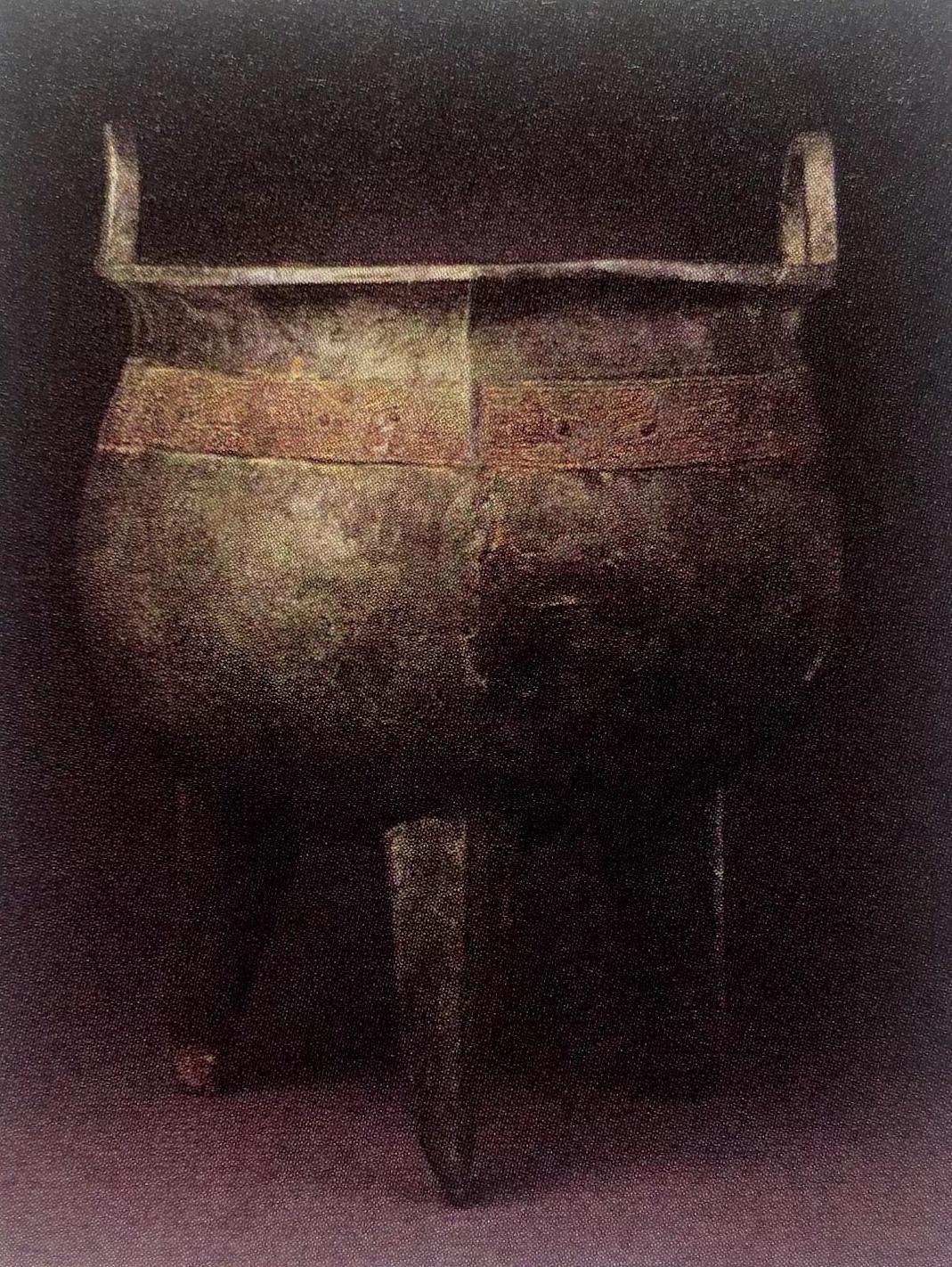
Figure 21-1 Meiding in the collection of Poly Art Museum
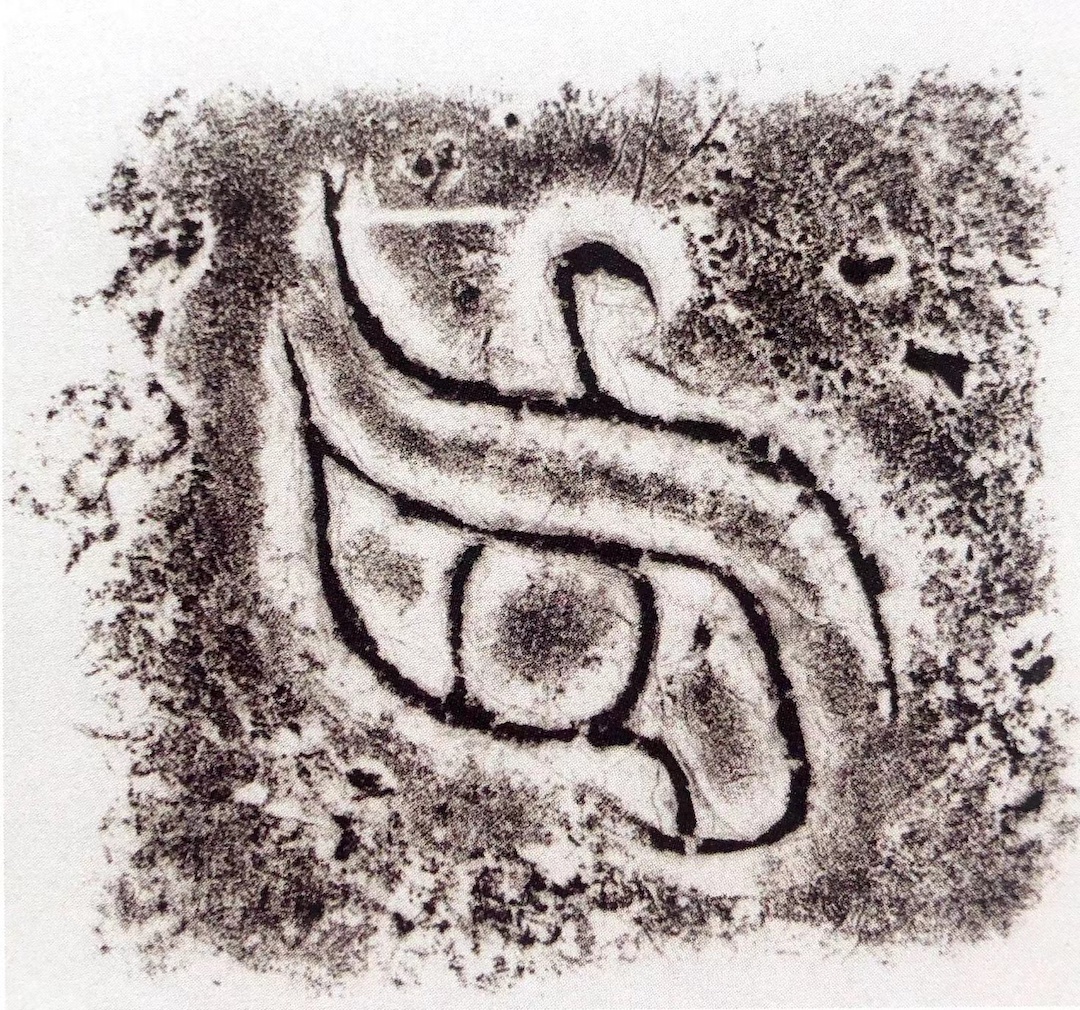
Figure 21-2 Meiding inscription rubbings
The Zhushu characters found at the Xiaoshuangqiao site in Zhengzhou were unearthed in the sacrificial area of the ancestral temple. They were mainly written on the surface of the pottery utensils or on the inner wall of the mouth. The recorded content should be closely related to the sacrificial activities. These features may be inherited from the Taosi site. certain characteristics of the text of the book. The Zhushu characters at the Xiaoshuangqiao site are mostly numbers and pictographs, mainly single characters, and phrases or sentences composed of multiple characters are rare. Judging from the writing techniques, font structure and stroke characteristics of Zhushu characters at the Xiaoshuangqiao site, they clearly belong to the same writing system as the oracle bone inscriptions at the Yin Ruins. (Figure 22)

Figure 22 The comparison table of Zhushu characters, oracle bone inscriptions, and bronze inscriptions at the Xiaoshuangqiao site
The production of Chinese characters has experienced a long development process since the Neolithic Age, and a series of characters with stable connotations have been formed. It gradually developed into a mature writing system around 2000 BC. The pottery inscriptions found at sites such as Dengfeng Wangchenggang, Yanshi Erlitou, Zhengzhou Shangcheng, Zhengzhou Xiaoshuangqiao and other sites are in the same line as oracle bone inscriptions and bronze inscriptions, and finally formed the Chinese characters that are still in use today. system.
(The original title of this article is "The Unity and Diversity of the Civilizations of the Xia, Shang and Zhou Dynasties", originally published in the Shanghai Museum exhibition catalogue of the same name "Zhaizi China - The Civilization of the Xia, Shang and Zhou Dynasties in Henan", the original text is annotated, and space is limited here not included)


